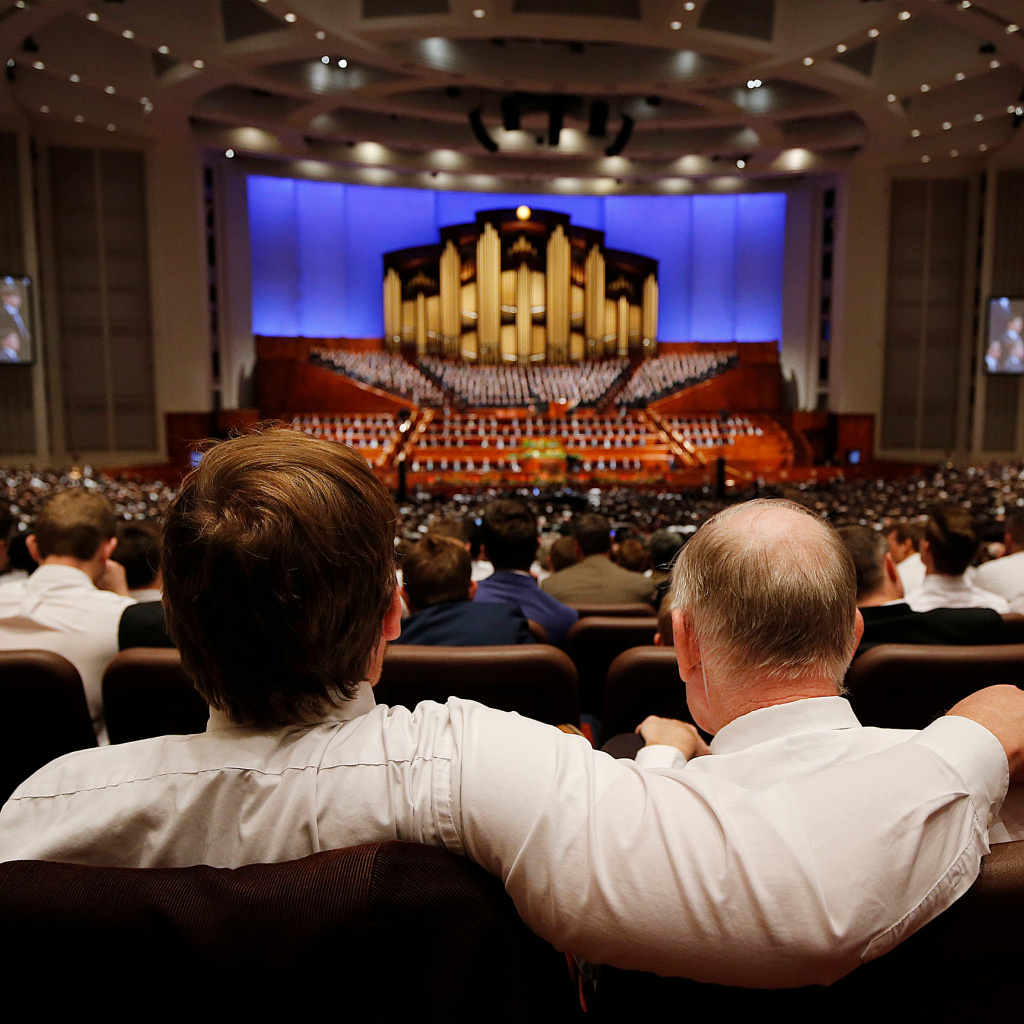The BBC recently described the drop in fertility as “jaw-dropping.” And for many of us in the west, the recent coverage about reproduction has felt a bit like whiplash. For years, a crisis has been predicted if we don’t dramatically slow down our birth rate. But now, these same apocalyptic narratives are being used to describe not having enough children.
It seems well established that to maintain a population, every woman must contribute 2.1 children. That number can fluctuate as child mortality rates decline, but issues such as war, pandemics, and natural disasters taking out entire cities contribute to variations.
Feeding into perhaps the most notorious impact on population was a book written in 1968 by Paul and Anne Ehrlich, both researchers at Stanford University, called the Population Bomb. This came at a time when modern medicine was improving infant and child mortality rates; access to and desire for birth control became more widely available, children went from being a financial asset to a liability, and many more factors. The impact of not having children has been decisively negative.
This corresponded with the rise of second-wave feminism, which promoted an “anti-maternal and anti-reproductive discourse.”
But the Ehrlichs’ dire predictions have repeatedly failed. Poverty has decreased, resources have not been vanquished, and while we certainly can continue our efforts to improve the environment, I have far fewer “smog days” today than I did 40 years ago. Elon Musk, one of the world’s leading proponents of environmental sustainability, has recently added his voice to the discussion, and perhaps not in the way many might suspect, “A lot of people just think that having kids is somehow bad for the environment. I want to be clear it’s not. It’s essential for maintaining civilization. We don’t necessarily need to grow dramatically, but at least let’s not gradually dwindle away until civilization ends with us all in adult diapers and in a whimper.”
While the negative predictions of overpopulation have failed, the impact of not having children has been decisively negative.
As a result of the overpopulation panic, and the cultural trends deemphasizing parenthood, society in the developed world overcompensated.
Many countries are now reporting financial disasters due to a limited number of new people. Fumio Kishida of Japan gave a dramatic warning to the Japanese people: Have more children or risk dragging the country into the depths of dysfunction. But while leaders like Kishida may be able to announce a new understanding of population, they can’t undo the social philosophies on family and reproduction that took hold in the wake of the now outdated population models. For example, in Japan, young Japanese are not having children. They have a fertility rate of only 1.34. And they are not the only ones having far too few children to sustain their populations.
China changed from a one-child policy to a three-child policy in 2016 with tax incentives for having more children. The prediction is that while there are currently 100 working-age people to support every 20 elderly people, by 2100, 100 working-age Chinese will have to support as many as 120 elderly Chinese. It’s odd that this did not occur to them when they tried to cut their population in half.
The average number of live births per woman in the European Union in 2020 was 1.5, with France having the highest fertility rate at 1.83, not enough to maintain their population. Initiatives such as baby bonuses in Italy and Finland, parental leave systems in Scandinavia, guaranteed job and salary after maternity leave in France, and my favorite: if a woman in Hungary has 4 or more babies, she will pay no income tax for life.
So what about closer to home? A 2022 article in The Atlantic reported that the U.S. has too few births, too many deaths, and not enough immigrants, putting us in a demographic danger zone. While some states are still growing in population and, thus, economically thriving, eighteen states lost population in 2021. As a whole, our country is experiencing the slowest growth rate since 1900, and without immigration, our population would be decreasing. The Atlantic described our population as “falling off a cliff.”
With all of those woes, states should be glad that in 49 of 50 of the United States, the population of members of the Church of Jesus Christ has increased. On average, the birth rate for members of the Church is 3.4. I love to tell people who do not want children that it was a good thing I did because my children will be paying their social security. In fact, Latter-day Saints have more children than Americans of any other religious group.
Some may incorrectly believe this is due to restrictions on birth control. Instead, it has to do with encouraging child-rearing—particularly understanding the broader theological reasons for it. Latter-day Saints are among the largest religious groups in the United States that recognize that we existed as spirits before we were born. Jeremiah 1:5 states, “Before I formed thee in the belly I knew thee.” This is taken as evidence that God’s children exist before coming to Earth. Genesis 1:28 states, “Be fruitful, and multiply, and replenish the earth,” a command that Latter-day Saints’ liturgical language states is still in effect. While we interpret Matthew 16:19, “whatsoever thou shalt bind on earth shall be bound in heaven,” as evidence that families can be together after this life, bound together as eternal units. It may seem like an oversimplification, but Latter-day Saints believe in families because families are forever.
Some conclude that because education is correlated with reduced birth rates, and education is good, we should accept the consequences of a shrinking population. But Latter-day Saints are unique in this regard. A recent study found that the more intelligent Latter-day Saints are, the more children they have on average. This likely occurs because the Church teaches the benefits of family (both temporal and eternal) and then allows its members to make their own decisions. The smartest people are making reproductive decisions to their own detriment.
And it’s not just research studies, but the children of those who held anti-population attitudes who are feeling the effects. I can remember sitting next to someone at school. We began discussing our families, and she told me she only had one sibling, “I was a product of hippies that thought they were doing the world a favor,” she said as she rolled her eyes. She had wished she had had more siblings, and as I watch my own adult children support each other, share time with each other, and enjoy learning from each other, I am so glad for the many, many children I had.
Yet, despite the broad research consensus that parenting results in higher life satisfaction, the cultural consensus remains the opposite. The smartest people are making reproductive decisions to their own detriment because of a culture that is feeding them bad information.
I certainly don’t mean to discourage nations from incentivizing births and helping new parents (I certainly would love that income tax deal), but the success of Latter-day Saints in this area can be a model for the world. Tell people the truth about parenting—the whole truth. Not just the tough nights but the beauty, connection, and lifelong happiness it brings.

















